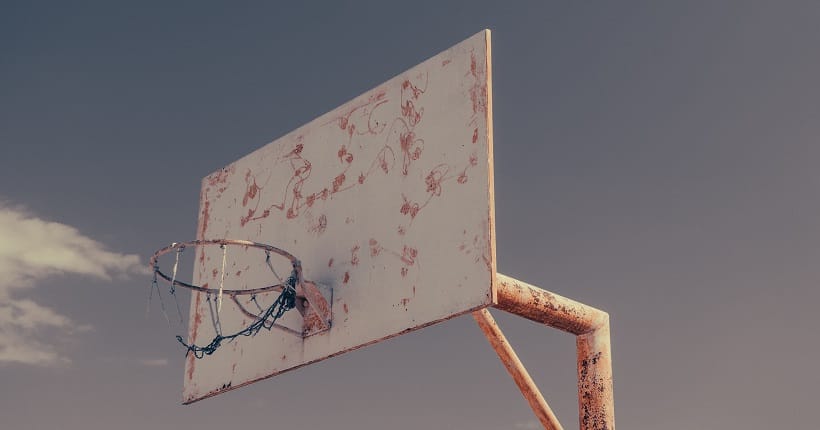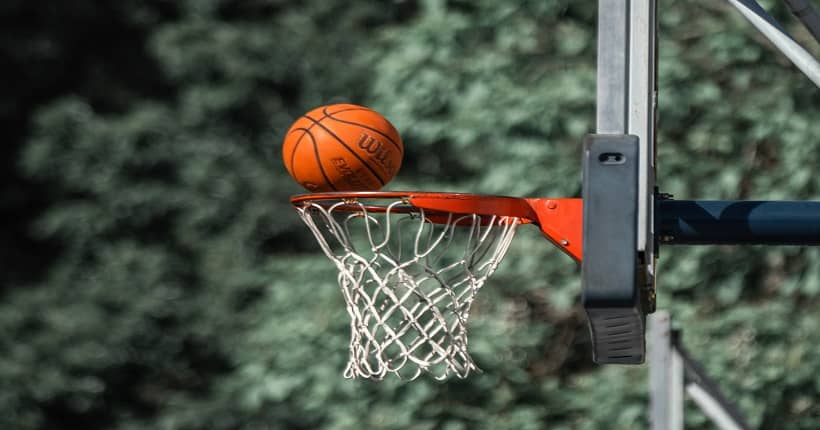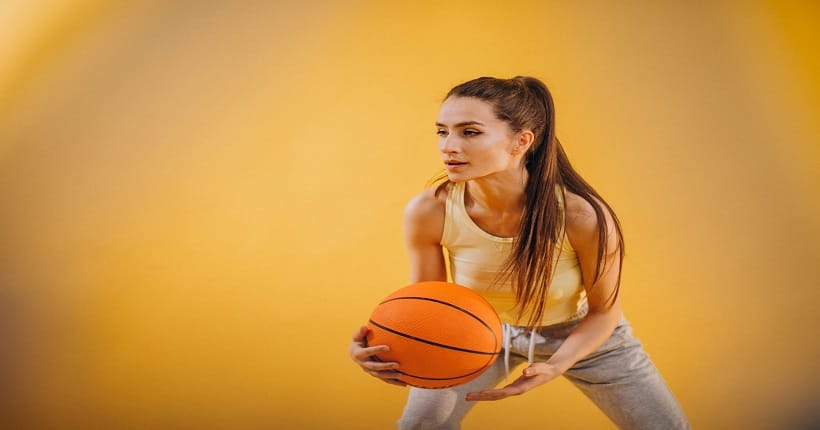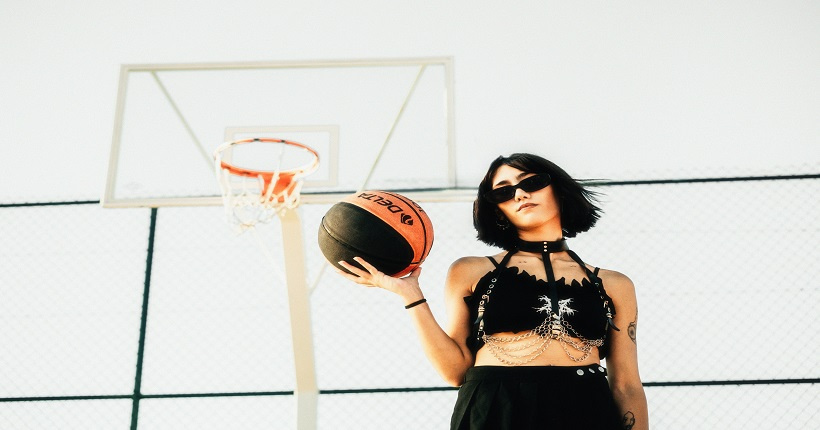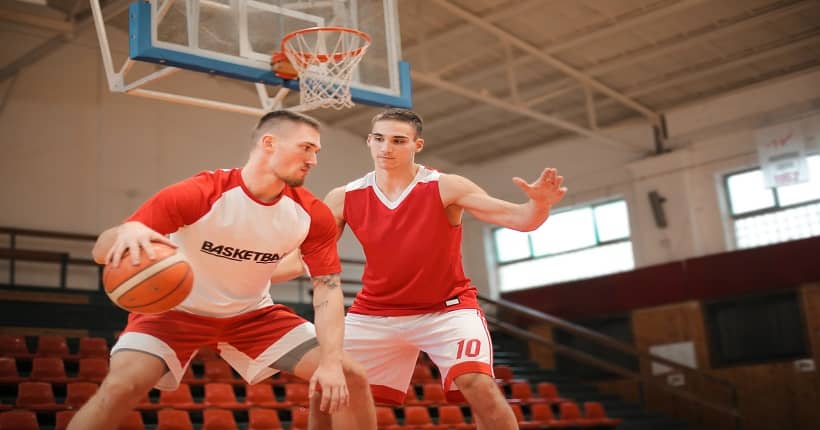What Is A Board In Basketball?
A board in basketball refers to the act of rebounding the ball off the backboard during a shot attempt or missed shot. It is an essential skill that allows players to gain possession and control of the ball after it bounces off the backboard.
Rebounding or getting a board is crucial for both offensive and defensive plays, as it gives the team another opportunity to score or prevents the opposing team from scoring. Players need to position themselves strategically, use proper timing, and employ effective jumping techniques to successfully grab a board.
Mastering this skill is key to becoming a well-rounded basketball player. We will explore the importance of boards in basketball and tips for improving rebounding abilities.
The Basics Of Rebounding
Rebounding is an essential aspect of basketball that can greatly impact the game. It refers to the act of gaining possession of the basketball after a missed shot. Understanding the basics of rebounding is crucial for any player or team looking to excel in this sport. In this article, we will delve deep into the world of rebounding, exploring its role in basketball, defining the term “board,” and highlighting the importance of developing strong rebounding skills.
The Role of Rebounding in Basketball
Rebounding plays a pivotal role in the game of basketball, as it directly affects a team’s ability to maintain possession and create scoring opportunities. It involves battling for position underneath the basket and using physicality, agility, and timing to successfully grab missed shots. By securing rebounds, players can prevent the opposing team from scoring and provide their own team with extra chances to score.
Definition of a Board in Basketball
In basketball, a “board” refers to a rebound. It describes the act of retrieving the ball after a missed shot, whether it is from the offensive or defensive end of the court. A player who successfully grabs a rebound is said to have “boarded” the basketball. The term “board” derives from the sound produced when the ball hits the backboard or the rim and then bounces back into play.
Importance of Strong Rebounding Skills
Having strong rebounding skills can significantly impact a player’s overall game and contribute to the success of their team. Here are some reasons why strong rebounding skills are essential:
- Extra Possessions: By grabbing rebounds, players give their team additional opportunities to score. This not only increases their team’s chances of winning but also puts pressure on the opposing team’s defense, wearing them down over time.
- Defense: Rebounding is a key component of solid defense. By securing defensive rebounds, players can effectively stop the opposing team from getting second-chance points and limit their offensive opportunities.
- Offense: Offensive rebounds can lead to quick put-backs or kick-out passes for open shots. By aggressively pursuing offensive boards, players can create easy scoring opportunities for themselves or their teammates.
- Momentum: Rebounding can swing the momentum of a game. A team that dominates the boards often sends a message of dominance, demoralizing their opponents and energizing their own team.
Developing strong rebounding skills requires a combination of physical attributes such as strength, agility, and vertical leap, as well as fundamental techniques such as boxing out and positioning oneself strategically. With dedicated practice and a focus on improving rebounding skills, players can significantly impact their performance on the court and help lead their team to success.
Types Of Rebounds In Basketball
When it comes to basketball, rebounds play a crucial role in a team’s success. Rebounds occur when a player retrieves the ball after a missed shot, giving their team a valuable second opportunity to score. In basketball, there are two primary types of rebounds: offensive rebounds and defensive rebounds. Understanding these different types of rebounds can help players and fans alike appreciate the nuances of the game.
Offensive Rebounds
Offensive rebounds are when a player from the shooter’s team retrieves the ball after their teammate’s missed shot. This type of rebound can be a game-changer, as it allows the offensive team to maintain possession without the need for a turnover. Offensive rebounds can occur for various reasons, such as poor positioning by the defensive team or the offensive player’s agility and timing.
Defensive Rebounds
Defensive rebounds, on the other hand, happen when a player from the defending team retrieves the ball after the opposing team’s missed shot. These rebounds are crucial for the defensive team to regain control and prevent their opponents from scoring. Defensive rebounds often require excellent positioning, timing, and boxing out opponents to secure the ball.
Difference Between Offensive and Defensive Rebounds
The main difference between offensive and defensive rebounds lies in which team gains possession of the ball. Offensive rebounds give a second chance to the shooting team, allowing them to extend their offensive possession. On the other hand, defensive rebounds help the defending team regain control and switch to offense. Both types of rebounds require different skills and strategies, making them essential components of the game.
The different types of rebounds in basketball is crucial for players, coaches, and fans. Offensive rebounds give the attacking team a valuable second opportunity to score, while defensive rebounds allow the defending team to regain control. Both types contribute to the flow and excitement of the game, making rebounds an integral part of basketball strategy. By appreciating and mastering these types of rebounds, players can enhance their overall performance on the court.
Techniques For Successful Rebounding
Rebounding is a crucial skill in basketball that can greatly impact the outcome of a game. A rebound occurs when a player gains possession of the basketball after a missed shot. It gives the team a second chance to score and can also help prevent the opposing team from scoring. One of the key factors that contribute to successful rebounding is mastering the right techniques. In this section, we will explore three important techniques that can improve your rebounding performance.
Box Out Technique
The box out technique is a fundamental skill that every basketball player should master. It involves creating space between yourself and the opposing player by using your body and positioning yourself strategically. By doing so, you can effectively block them from getting the rebound and increase your chances of securing it for your team.
To execute the box out technique effectively, follow these steps:
- Identify your opponent: Watch the shooter and locate the player who will likely try to secure the rebound.
- Establish position: Once the shot is taken, quickly find the opposing player and position yourself between them and the basket.
- Lower your center of gravity: Bend your knees and get low to maintain balance and stability.
- Extend your arms: Keep your hands up and use your forearm to create a barrier.
- Maintain contact: Push the opponent slightly away with your shoulder or hip while keeping a strong base.
- Track the ball: Keep your focus on the flight of the ball to anticipate its rebound trajectory.
Positioning and Timing
In addition to the box out technique, positioning and timing play crucial roles in successful rebounding. Knowing where to position yourself on the court and when to make your move can significantly increase your chances of grabbing the rebound.
When it comes to positioning, consider the following:
- Be aware of your surroundings: Stay alert and observe the movement of the players to find the optimal position.
- Position yourself near the basket: The closer you are to the basket, the higher the probability of securing the rebound.
- Find open spaces: Identify areas on the court where there are fewer players, giving you a better opportunity to grab the rebound.
Timing also plays a crucial role in rebounding:
- Anticipate the trajectory: Judge the angle and speed of the ball to time your leap effectively.
- Use your instincts: Develop a sense of when the shot will be taken and when to make your move to get into position.
- React quickly: Be agile and ready to react when the ball bounces off the rim or backboard.
Jumping Ability and Verticality
Jumping ability and verticality are essential factors when it comes to rebounding. The ability to jump higher than your opponents gives you a significant advantage in grabbing rebounds. Additionally, maintaining good verticality allows you to effectively contest for rebounds without committing fouls.
To improve your jumping ability and verticality, consider the following tips:
- Focus on leg strength: Incorporate exercises that target your leg muscles, such as squats and lunges.
- Develop explosive power: Include plyometric exercises like box jumps and squat jumps to enhance your jumping capabilities.
- Work on flexibility: Stretching regularly can increase your range of motion, enabling you to jump higher.
- Practice proper jumping technique: Engage your core, swing your arms, and initiate the jump with a powerful leg drive.
- Maintain balance and control: Land softly after a jump to prevent injury and quickly regain your position.
By focusing on these techniques – the box out technique, positioning and timing, as well as improving your jumping ability and verticality – you can elevate your rebounding skills and become a valuable asset for your team. Incorporate these techniques into your training regimen and practice them consistently to maximize your performance on the basketball court.
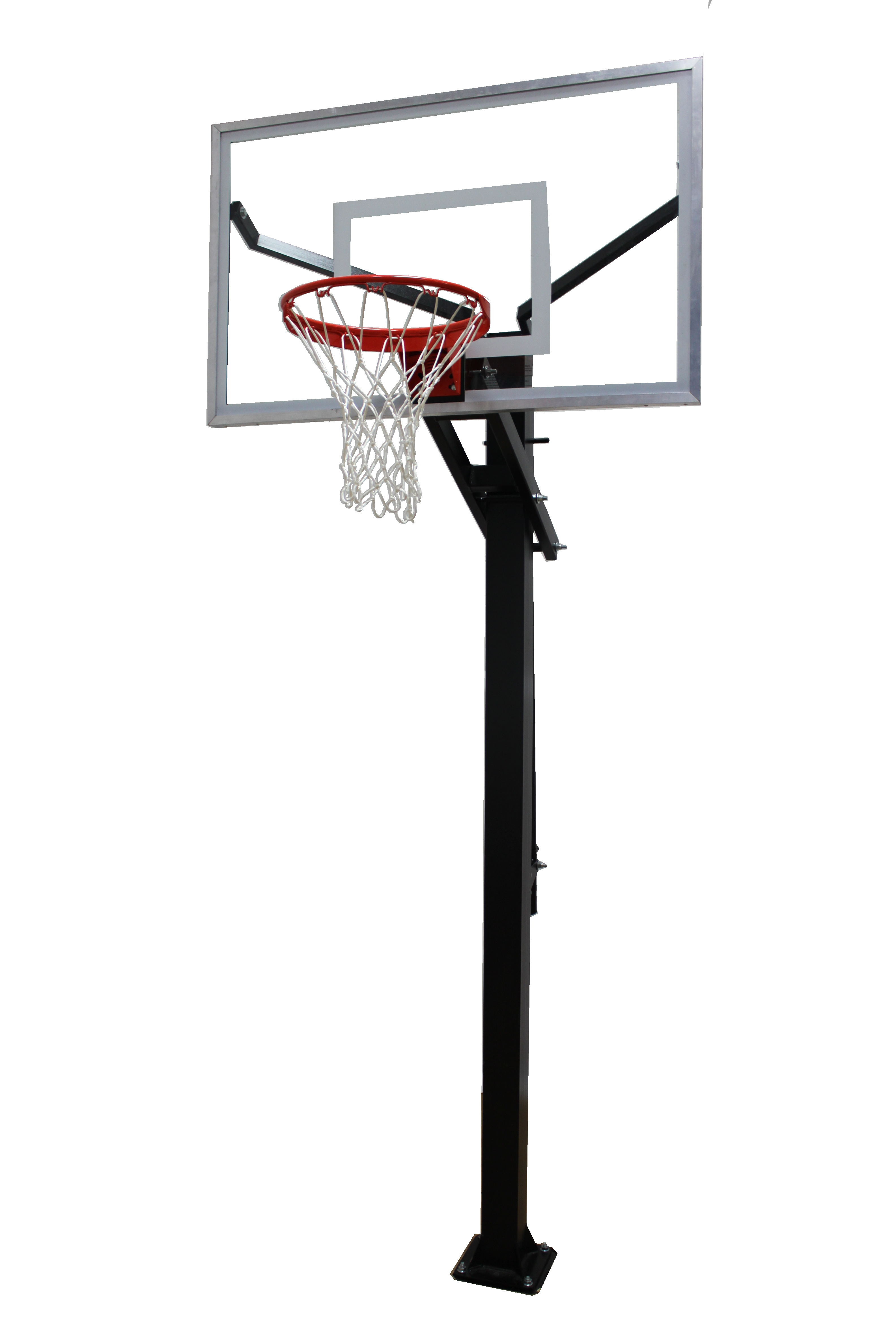
Credit: www.garedsports.com
Frequently Asked Questions On What Is A Board In Basketball
What Is A Board In Basketball?
A board, also known as a rebound, is when a player grabs a missed shot off the rim or backboard.
Why Are Boards Important In Basketball?
Boards are crucial because they give a team a second chance to score and can change the momentum of the game.
How Do Players Position Themselves For A Board?
Players position themselves by anticipating the shot, finding a good angle, and using their size and athleticism to grab the rebound.
Who Holds The Record For The Most Boards In Nba History?
The legendary Wilt Chamberlain holds the record for the most boards in NBA history with a staggering 23,924 rebounds.
What Are The Different Types Of Boards In Basketball?
There are two main types of boards: offensive boards (grabbed by the attacking team) and defensive boards (grabbed by the defending team).
Conclusion
Understanding the concept of a board in basketball is essential for players and fans alike. It refers to the act of successfully retrieving the ball after a missed shot, either by the offense or defense. Boards can drastically impact the outcome of a game, as rebounding provides second-chance opportunities or prevents the opposing team from scoring.
By grasping the techniques and strategies of rebounding, players can elevate their game and contribute to their team’s success on the court.

